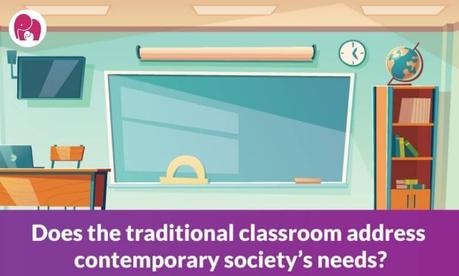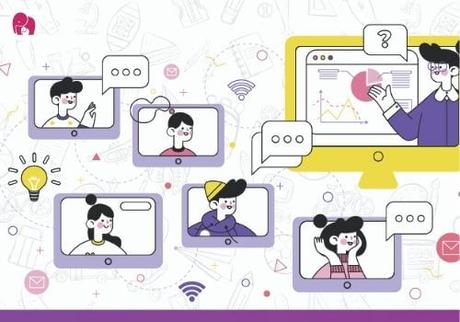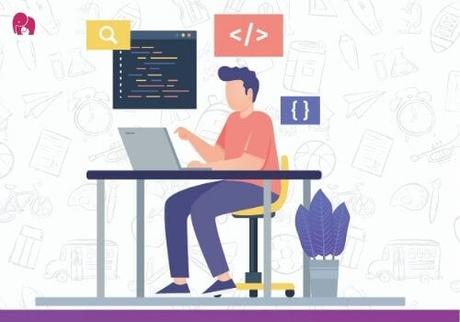Two decades ago no one would have thought of companies having a Social Media Manager post or hospitals hiring a Genetic Counselor. No student would have thought of doing a course on UX Designing or App Development let alone heard the term Cloud Computing Specialist. Job titles like Sustainability Manager and Nuclear Medicine Technologist are fairly new too.
According to the Institute for the Future (IFTF), 85% of the jobs that today's students will be employed in by 2030 are not even invented yet. The fast pace at which technology is growing along with the need for sustainability is drastically changing the way we live. The main purpose of education is to make our kids understand these changes and prepare them to adapt accordingly without losing core human values. The traditional classroom system where teachers stick to an outdated syllabus and deliver standard lectures irrespective of the student's grasping and learning capacity is inadequate to equip our kids in this dynamic world. This shows how important it is to restructure the way education is imparted to the current generation.

Treating students as individuals with their own capabilities and learning curves is the first change that we need. Understanding each child's need and fine-tuning the method of teaching accordingly is what schools should do to bring out the best in each student.
The curriculum and teaching methods should be structured in a way that caters to all students, be it a visual learner, kinesthetic learner, auditory learner, or verbal learner. Classrooms should integrate different teaching methods, which might include hands-on learning, visual learning with the aid of videos, team activities, verbal and written activities, etc. Giving kids ample opportunities to explore topics in ways comfortable for each undoubtedly improves their understanding of the subject and sharpens critical and analytical thinking.

Bringing modern technologies into the classroom and digitally enhancing the learning experience has its own plus points. This pandemic that forced the classrooms to go virtual has definitely shown us how easy it is to learn with the help of digital methods and subject-specific Apps. The demo of how the heart works or the molecular structure of complex compounds on a Smartboard or getting an experience of the International Space Station or Amazon rain forests through 3D and virtual reality techniques are to stay in your kid's mind than the boring lectures.

Gone are the days when fine arts, performing arts, and sports were kept on the backburner. Millennial parents definitely know the importance of improving their kids' extracurricular skills and fitness. In this busy schedule, most of the parents expect schools to provide facilities for extracurricular activities too. Classrooms should make sports broadcaster, choreographers, animators, interior designers, and museum curators too instead of forcefully moulding everyone into doctors and engineers.
As kids spend most of the time in school, mental health and self-discipline also should be taken care of at school. In short contemporary classrooms should be aiming at the holistic development of the child. They should be equipped with facilities to cater to the needs of the kids who will be controlling the world a decade later from today.
Many schools are well aware of all these needs of contemporary society and some have already implemented well-researched thoughtful changes in their teaching methods. Such schools that were technology ready, thanks to their foresight, made an easy transition to online classes without compromising on the quality of education when the pandemic hit . One such prominent school is the Orchids International School with its SHARPER philosophy. Self Discipline, Hard work, Applied Science, Research, Physical Fitness, Exposure, and Reflective Thinking are given importance in their well-curated curriculum. Science and language, dance and theater, robotics and coding, and also sports and mental health are taught with the use of modern and indigenous methodologies to make kids future-ready.

Orchids International School has schools in Pune and where primary education is modeled in a way ensuring holistic development of the child and higher education comes with the opportunity to choose and polish skills through the ORCHIDS Career Foundation Program and Science Technology Engineering & Mathematics (STEM) programs.
Choosing the right school for your child today decides their future tomorrow. Choose schools that cater to contemporary society's needs. Choose schools that are future-ready.
